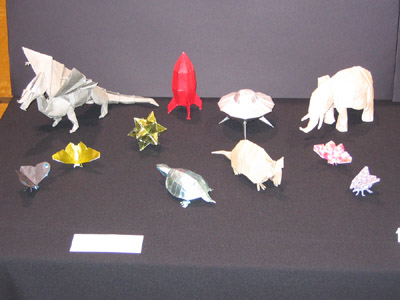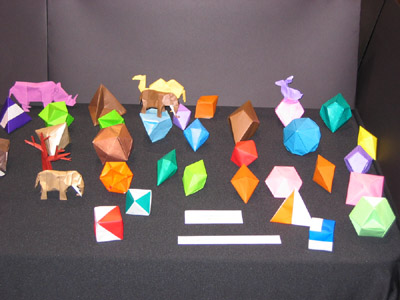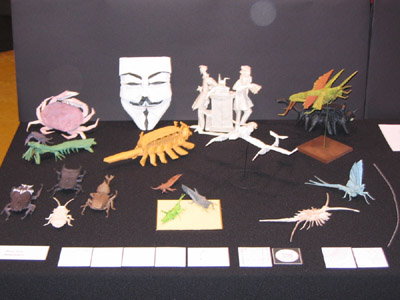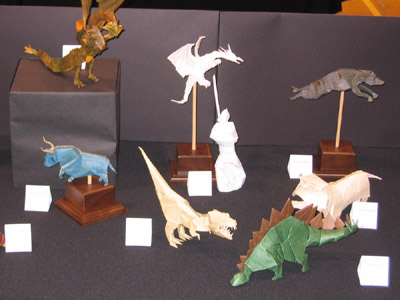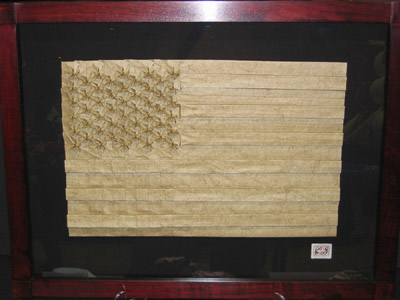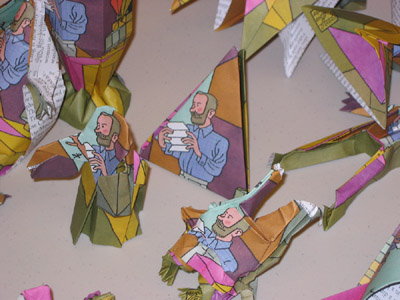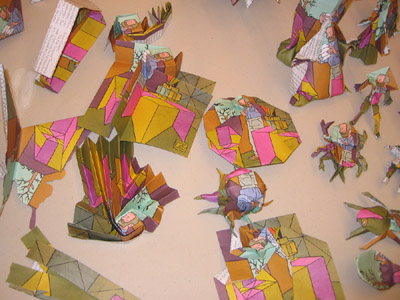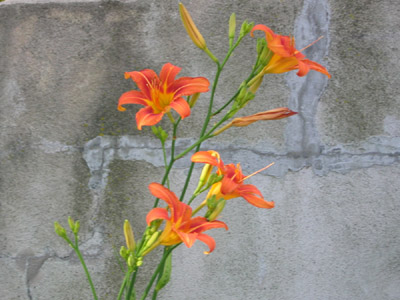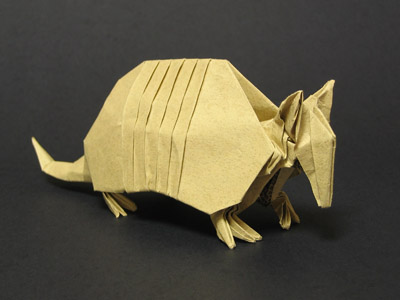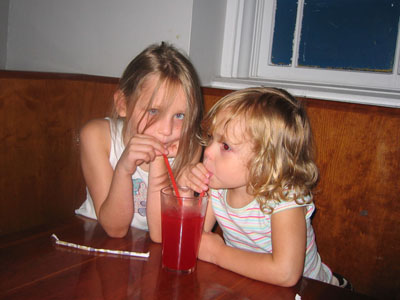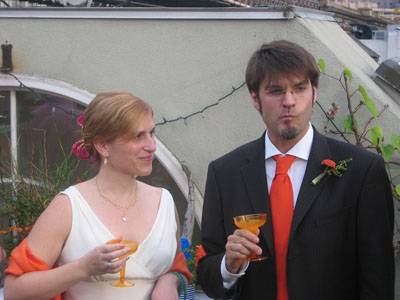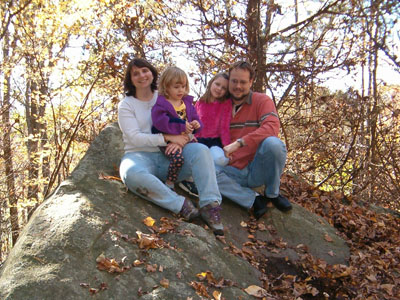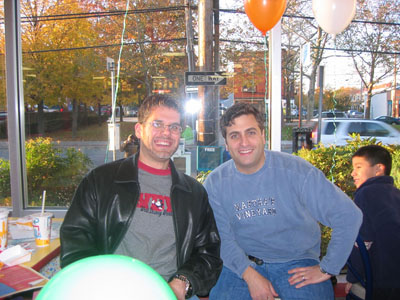Well it’s that time of year again. I spent the last four days at the OUSA Annual Convention, hanging our with origami people, talking and thinking about origami, and folding late into the night. The OUSA convention attracts some of the best folders from all over the world, including Japan, Europe and South America. I got to catch up with some of my origami friends and colleagues including John Montroll, Marc Kirschenbaum, Robert Lang, Brian Chen, T. J. Norvell, and a good number of others. You know who you are. Shout out to Brian Webb from Indiana.
If you’re into origami, and particularly if you live on the East coast of the United States, you probably already know about it, and may very well have been there. If you’ve never been to one, I encourage you to join us next year. It’s more like a conference that a convention really. There’s an exhibition (amazing!), and classes and seminars, and all-day free folding in the hospitality area. Anyone can exhibit their work or teach a class.
The exhibition was pretty amazing, and featured a great variety of subjects and styles. Highlights for me included Brian Chen’s Totoro Bus and Robert Lang’s American Flag. Satoshi came from Japan as a special guest of the convention, and his stuff is always fantastic. I exhibited some new work including my Armadillo, a few Butterflies, and my Stellated Dodecahedron. I also displayed my UFO, Rocketship, Elephant and Dragon. I’m happy that every year the quality of my exhibit goes up. This year there were a lot of people (over 70) exhibiting, so I selected fewer models to fit in the space, which made the whole thing a bit easier. And Michelle’s cup was in the Origami by Children display.
There’s also a store with books and all kinds of paper and other supplies. This year we bought 2 books. Jeannie got Tom Hull’s new book, Project Origami. Which is rather mathematical in nature and focused on modulars and their geometric properties. I’ve barely glanced at it yet but it looks fascinating, and know Tom, it’s sure to be great.
I bought Marc Kirschenbaum’s Origami Bugs. I’ve been working on origami Lady Bug, based on my butterfly, but after several unsatisfactory attempts I was starting to conclude that the result I was after was different enough that the butterfly base might not be suitable, and was wondering if I could modify the base or if I’d be better off starting over from zero. Then I saw Marc’s Ladybug on the cover of his new book. His has 3 spots per wing, whereas mine will have one, but I’ve found that sometimes it’s good to examine how other folders tackle a subject, even if you have a totally different approach in mind. So I got the book. I started folding it on the train, and so far I can tell you it starts with a bird base and is well over 100 steps. My insect base is derived from a waterbomb.
Saturday Lizzy came with us, and she took a class of modular flowers. She did really well at it and was quite pleased about it, and gave the flowers to Nana, which was very sweet. Jeannie took a couple of classes on modulars and tessellations. I didn’t take many classes myself. Most years I try and take one class if there’s a really nice complex model being taught. This year I wanted to learn Joseph Wu’s Babe the Blue Ox (fantastic!), but it was a morning session, and so I missed it. Up till 3 AM the night before.
I did take John Montroll’s polyhedra class. Most classes teach a single model, but John’s method is that he had lots and lots of models that he’s diagrammed, all of which might someday make it into a book. So he has people fold them and gets their impressions. At this point he has enough polyhedra to potentially make two new books. I spend a fair amount of free-folding time talking with John and folding his polyhedra anyway, since polyhedra from a single sheet is a really interesting design area for me too. I’ve been working on a two colored Tetrahedron Dual (Stella Octangula), and among John’s new stuff was a whole set of interesting and fun-to-fold color-change polyhedra, so I got some ideas from that.
And of course I taught. Normally I do one model in a two-hour class, but this year I did 2 one-hour classes. Each was a relatively simple (for me) model of my own design: my butterfly and my octopus. I invented the butterfly at last year’s convention, and if you’ve been following by blog you know I refined and diagrammed it over the winter and spring. The Octopus is a few years old I never diagrammed it. It always gets a strong response and lots of request to learn it, so I thought I’d do it this year. Both models were rated as intermediate (usually mine are complex) so there was a wider range of skill levels in my classes, but everyone seemed to do pretty well.
Monday is seminar day, where people present topics outside of strictly folding models, things related to origami design, theory, technique or the mathematics behind it. One seminar I went to was by T. J. Norville, who came in last year with some amazing paper airplanes. His seminar was on some simple pleated forms that generate hyperbolic paraboloids. These are negatively-curved surfaces with interesting structural and geometric properties. This gave me and idea for how to do a cool Cuttlefish. (Now that I’ve renewed my interest in the Octopus, I want to hit some of the other Cephalopods.) In another seminar, Toshi from Japan gave a demo of some interesting software here’s developing to take a polygonal 3-D computer model and generate a crease pattern.
Still when all is said and done, the real fun for me is the free-folding, because every year I invent a few new things. This year the major one was a Hot Air Balloon, complete with a gondola hanging underneath. Design-wise it’s related to my Octopus, and also to my Rocketship and UFO. I pretty much nailed it on my first attempt, and then folded a few more trying to refine the curvature of the balloon and the details of the basket. I’ll fold a “final†version soon out of good paper, and it’ll definitely be in next year’s exhibit. Now all I need as a blimp to complete the series.
Then last night, at the closing banquet I was seated next to T. J.’s son, who doesn’t fold but was there to help out his dad and take in the experience. We got to talking and I learned he’s a Star Wars fan. He asked me to fold him an R2 unit, and since I’d been spending the weekend thinking about how to fold dome-shaped things, I was able to come up one fairly quickly. Then a made a golden Protocol Droid to go with it. He seemed quite pleased by the results.
Thanks to everyone at OUSA for putting on another great convention!
